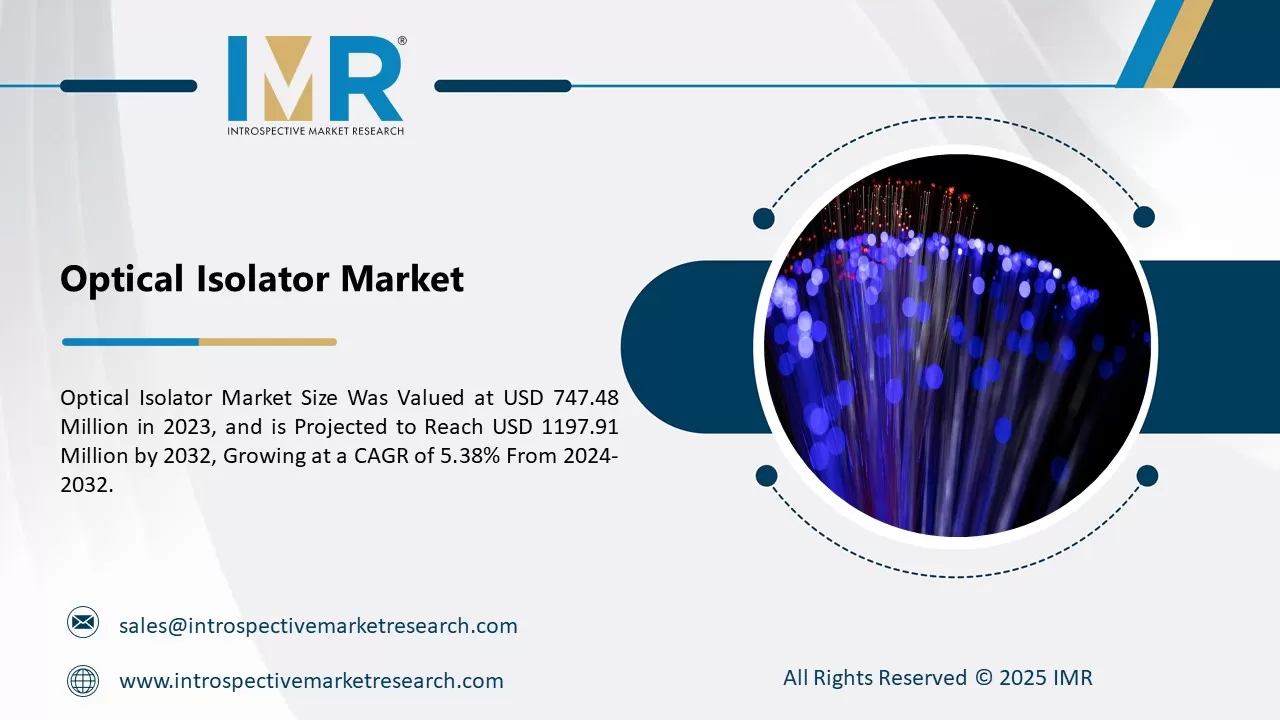Market Overview:
Fiberglass Geogrid Market Size Was Valued at USD 832.9 Million in 2022 and is Projected to Reach USD 1611.5 Million by 2030, Growing at a CAGR of 8.6 % From 2023-2030.
Fiberglass geogrids are high-strength reinforcement materials used to enhance the stability and load-bearing capacity of soil structures, such as roads, railways, and retaining walls. The market was being driven by the increasing demand for efficient and durable construction solutions, especially in developing economies with significant infrastructure development. Fiberglass geogrids were preferred for their excellent tensile strength, corrosion resistance, and long-term durability. These geogrids were commonly employed in road construction, soil stabilization, and slope reinforcement projects. Innovation and technological advancements in the manufacturing processes were contributing to the market's growth, allowing for the production of high-performance and cost-effective fiberglass geogrids. The construction industry's expansion and the emphasis on sustainable and resilient infrastructure were expected to continue fueling the demand for fiberglass geogrids.
Top Key Players Covered in The Fiberglass Geogrid Market:
- Hanes Geo Components (US)
- Agru America Inc (US)
- Belton Industries Inc (US)
- Husker Synthetic GmbH (Europe)
- Cetco (US)
- Ace Geosynthetics (Vietnam)
- Tenax (Italy)
- Asahi-Kasei Geotech (US) and other major players.
Market Dynamics and Factors:
The fiberglass geogrid market is influenced by several driving factors, opportunities, and constraints. A driving factor for the market is the growing demand for infrastructure development, particularly in the construction industry. Fiberglass geogrids are essential for enhancing the stability and strength of soil in various civil engineering applications, including road construction and slope reinforcement. Opportunities in the fiberglass geogrid market arise from the increasing focus on sustainable and cost-effective construction practices. Fiberglass geogrids offer a durable and environmentally friendly solution for infrastructure projects. The rising awareness of the benefits of geogrids in soil reinforcement presents an opportunity for market growth. However, constraints include challenges related to high initial costs and limited awareness among end-users about the advantages of fiberglass geogrids. Cost considerations may restrain the adoption of fiberglass geogrids, particularly in regions with budget constraints in construction projects. Additionally, regulatory hurdles and standards compliance can pose challenges for market players.
The Fiberglass Geogrid Market Report Highlight:
- By Type, Biaxial Tension is the dominant in the fiberglass geogrid market. Biaxial tensile tension in the fiberglass geogrid is made from a high-end polymer that provides high bearing capacity at a stable aperture side. Biaxial Fiberglass geogrids have high strength both vertically and horizontally. It is made through a process of extrusion, sheet metal forming, stamping, and stretching.
- By Application, Railroad is the dominating application segment of the Fiberglass Geogrid Market. Fiberglass geogrids are widely used in the construction of subways, railroads, and highways to reinforce soft ground, segmented retaining walls, embankments, and substructures. Fiberglass geogrids are often used to reinforce asphalt pavements, stabilize soil, and reinforce embankments, and are also used as an upgraded secondary geogrid.
- By Region, Asia Pacific is the dominating region in the Fiberglass Geogrid Market. The Asia Pacific occupies the largest manufacturing industry of polymer-based products used in various applications. China is the largest manufacturer and leading exporter of fiberglass geogrid which has clientele in Asia, Australia, Europe, North America, and some countries in South America. India is the second leading country in terms of manufacturing and use of Fiberglass geogrid due to the vast railroad network across the country and utilization in construction and supplementary industrial projects supported by the government. Japan, South Korea, the Philippines, and Indonesia hold substantial manufacturing of the Fiberglass Geogrid which supplies to the global market.
Key Industry Development:
- In February 2023, leading geosynthetics manufacturer Tensar Corporation acquired Delta Green, a Canadian distributor of geosynthetics and erosion control products. This acquisition strengthened Tensar's presence in the Canadian market and expanded its product portfolio for infrastructure and environmental projects.
- In July 2023, alian geosynthetics giant Maccaferri Group announced plans to invest ?40 million in expanding its production facilities in France and Italy. This expansion aims to meet the growing demand for geogrids in Europe, particularly for infrastructure and soil stabilization applications.
The Fiberglass Geogrid Market Segmentation:
By Type
- Biaxial Tension
- Uniaxial Tension
By Application
- Road & Pavement
- Railroads
- Drainage Systems
- Containment & Wastewater
- Soil Reinforcement & Erosion
For this report, Introspective Market Research has segmented the Fiberglass Geogrid Market based on region:
Regional Outlook (Revenue in USD Million; Volume in Units, 2023-2030)
North America
- The U.S.
- Canada
- Mexico
Eastern Europe
- Russia
- Bulgaria
- The Czech Republic
- Hungary
- Poland
- Romania
- Rest of Eastern Europe
Western Europe
- Germany
- UK
- France
- Netherlands
- Italy
- Spain
- Rest of Western Europe
Asia Pacific
- China
- India
- Japan
- Singapore
- Australia
- New-Zealand
- Rest of APAC
Middle East & Africa
- Turkey
- Saudi Arabia
- Qatar
- UAE
- Israel
- South Africa
South America
- Brazil
- Argentina
- Rest of SA





